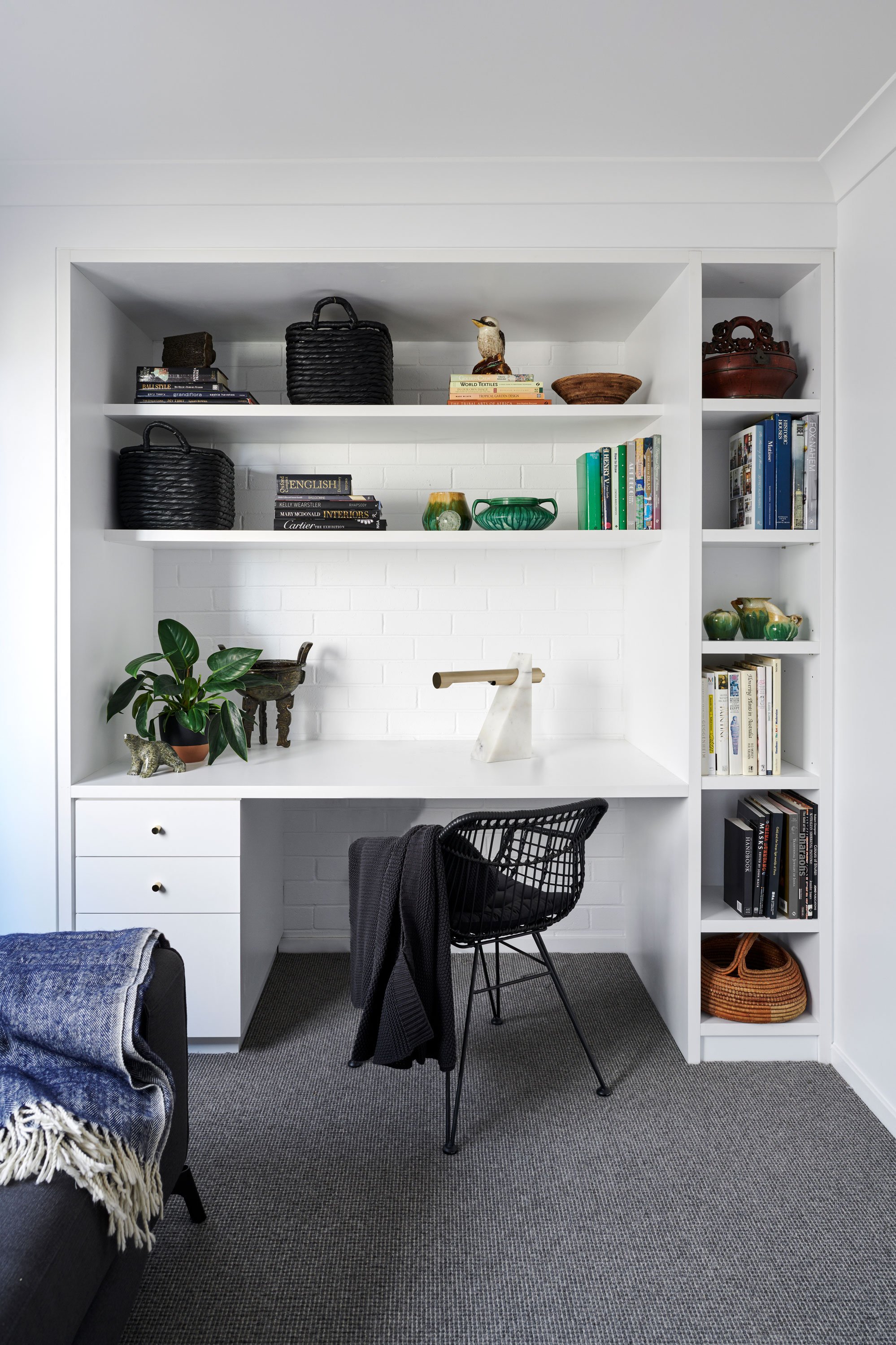Mastering the Art of Psychology-Based Colour Selection in Interior Design
As the founder of Kaiko Design Interiors, I understand the importance of colour in interior design. It's not just about aesthetics; colour can have a significant impact on our mood, emotions, and overall well-being. In my work, I often apply colour psychology to create spaces that evoke specific feelings and emotions. But how can you choose interior design colours based on psychological principles? Let's explore this topic together.
Relaxing Bedroom Colours
When designing a bedroom, it's essential to create a relaxing environment that promotes rest and rejuvenation. Colour psychology plays a crucial role in achieving this goal. So, what colours should you choose for a relaxing bedroom environment?
Cooler hues, such as blues and greens, are known for their calming effects. Blue is often associated with tranquility, while green can evoke feelings of renewal and growth. Soft, muted shades of these colours are ideal for creating a serene bedroom atmosphere. You may also consider incorporating neutral colours like grey, beige, or white, which can provide a sense of balance and harmony. These colours work well together, creating a calming, cohesive palette that encourages relaxation.
Home Office Colours for Focus and Productivity
With more people working from home in our hybrid workplaces, it's essential to design a home office that fosters focus and productivity. The right colour choice can have a significant impact on your ability to concentrate and maintain energy throughout the day. So, how can you select colours that promote focus and productivity in a home office?
Colour psychology suggests that blue and green are excellent choices for promoting concentration. Blue is thought to stimulate the mind, while green can provide a sense of balance and help reduce stress. You might also consider adding a touch of yellow or orange, which can inject energy and positivity into the space. When using these brighter colours, opt for more muted shades or use them as accent colours to avoid overstimulation.
Colours for a Child's Room
When selecting colours for a child's room, it's essential to consider the psychological principles that can influence a child's mood, behaviour, and development. A child's room should be a space that encourages creativity, learning, and rest. So, what colours are best for a child's room?
Cooler colours, such as blue and green, can provide a calming environment that encourages relaxation and sleep. However, you may also want to incorporate some warmer hues to stimulate creativity and imagination. Yellow, for example, can evoke feelings of happiness and optimism, while orange is often associated with enthusiasm and energy. When using these brighter colours, consider using them as accents or in combination with more muted shades to create a balanced and visually appealing space. Remember, it's essential to tailor the colours to the child's personality and interests, so don't be afraid to experiment with different combinations.
Creating a Warm and Welcoming Atmosphere in the Living Room
The living room is a social space where family and friends gather to relax and enjoy each other's company. Creating a warm and welcoming atmosphere is essential, and colour choice plays a significant role in achieving this. So, what colours should you choose to make your living room inviting and comfortable?
Warm colours, such as reds, oranges, and yellows, can evoke feelings of warmth, comfort, and socialisation. However, it's essential to use these colours in moderation and combine them with more neutral hues to create balance. Earth tones, like browns, beiges, and greys, can also provide a sense of warmth and stability. Don't forget to consider your personal style and preferences when choosing colours, as this will help you create a space that truly feels like home.
To learn more about the art of creating inviting spaces, explore our article on transforming spaces with interior design.
Understanding the psychological principles behind colour selection is crucial in creating functional and emotionally satisfying interior spaces. By considering the emotional impact of different colours and how they can influence our mood and behaviour, you can make informed decisions that will enhance the overall experience within your home. As an interior designer, I have always been passionate about creating spaces that not only look beautiful but also positively impact the lives of those who inhabit them.
FAQs
How do different colours affect our mood and emotions?
Colours can have a significant impact on our mood and emotions, with some colours promoting relaxation and calmness, while others can stimulate energy and creativity. To learn more about the emotional influence of colour, read our article on colour psychology.
How can I incorporate colour psychology into my existing interior design?
You can introduce colour psychology into your existing interior design by adding accent pieces, such as cushions, artwork, or rugs, in colours that evoke the desired emotional response. You can also repaint or wallpaper a feature wall to introduce a new colour into the space.
What colours are best for promoting creativity and inspiration?
Bright, warm colours like orange, yellow, and red can help promote creativity and inspiration. However, it's essential to balance these vibrant colours with more muted or neutral hues to avoid overstimulation.
Can I use multiple colours in a room while still maintaining a cohesive design?
Yes, you can use multiple colours in a room while maintaining a cohesive design. The key is to choose a primary colour scheme and incorporate complementary or analogous colours as accents or secondary elements. For more guidance on creating captivating interior designs, check out our article on unveiling the secrets to captivating interior design.
Are there any universal rules for choosing colours in interior design?
While there are no universal rules for choosing colours, it's essential to consider the function of the space, the desired mood and atmosphere, and your personal preferences. You should also consider the principles of colour psychology and the impact of specific colours on emotions and behaviours.

